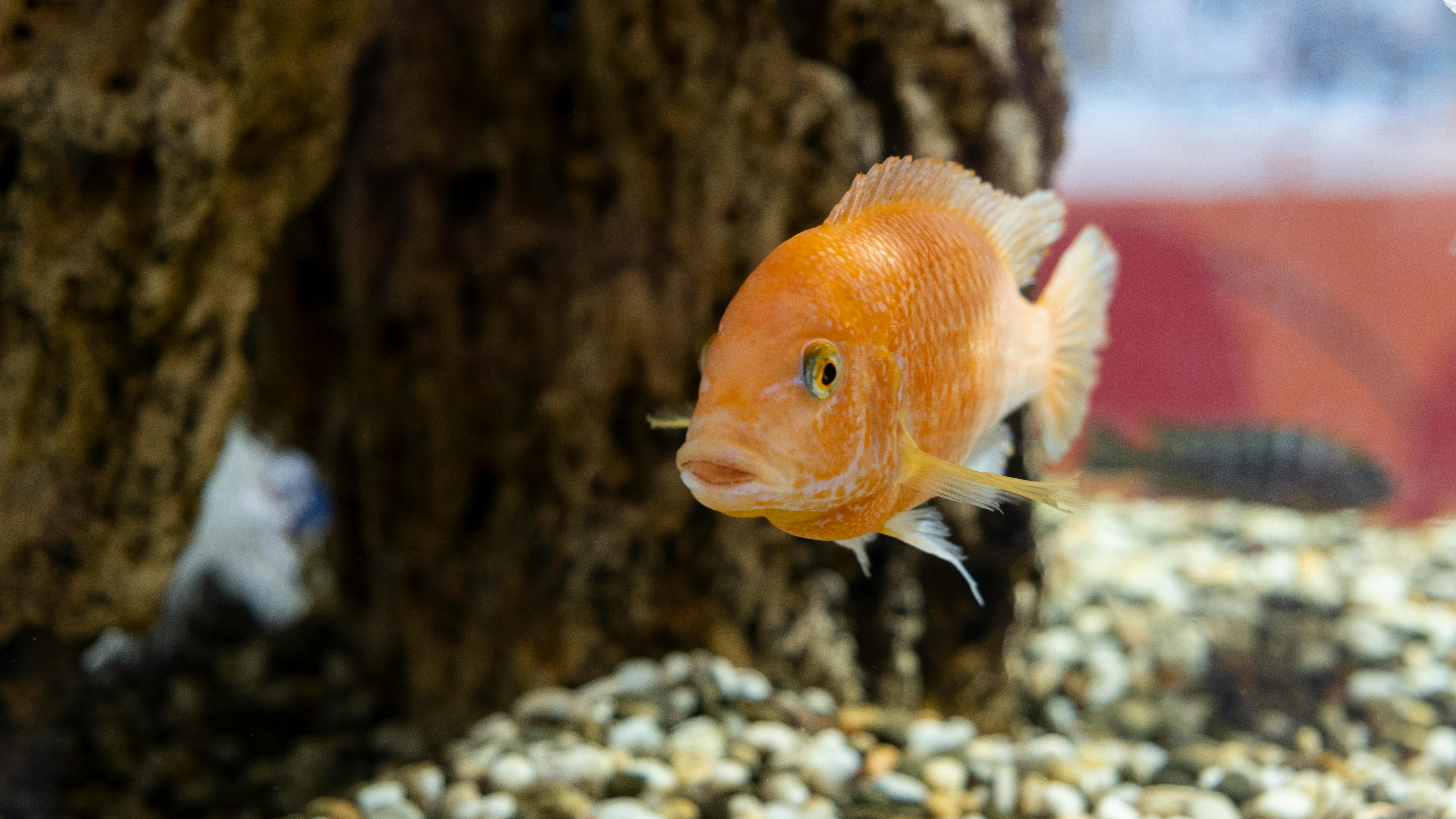Apply Now
Understanding Hares vs Rabbits: Key Differences
Introducing Hares and Rabbits
Hares and rabbits are often confused due to their similar appearances, yet they belong to different species with distinct characteristics. Understanding these differences is essential for those interested in the biology and behavior of these fascinating animals. Hares, belonging to the Leporidae family, are typically larger with longer ears and legs, whereas rabbits have stockier bodies and shorter limbs. This article explores the essential distinctions between hares and rabbits, focusing on their characteristics, habitats, and behaviors to provide a comprehensive understanding for enthusiasts and potential pet owners alike.
Physical Characteristics of Hares and Rabbits
When comparing hares and rabbits, one of the most noticeable differences lies in their physical traits. Hares generally possess longer ears and longer hind legs compared to rabbits. For instance, the common hare and the domestic rabbit vary significantly in size, with hares often weighing more and being larger overall. Furthermore, the fur of hares is typically more coarse and adapted for survival in wild habitats, while rabbits have softer fur suited to their need for warmth. Understanding these physical characteristics is crucial for identifying each species in their natural habitats.
Behavioral Traits: Hares vs. Rabbits
Hares and rabbits exhibit distinct behaviors that are reflective of their lifestyles. Hares tend to be solitary creatures, living in open fields and using their impressive speed and agility to evade predators. In contrast, rabbits are more social animals, often found in groups and living in burrows. Their behavior is adapted to a more communal lifestyle, with strong family bonds and social structures. Observing these behaviors can provide insights into their survival strategies and ecosystem roles.
Hare and Rabbit Habitats: Where They Thrive
Hare Habitats and Environmental Needs
Hares prefer habitats such as grasslands, fields, and woodlands, where they can easily blend into their surroundings. They require ample space to run and escape from predators, which is crucial for their survival. Due to their adaptations to the wild, the habitats of hares contribute to their agility, allowing them to make quick movements to evade threats in open landscapes.
The Rabbit's Environment: Adaptations to Domestication
Contrarily, rabbits have adapted to a variety of habitats, from wild forests to urban settings. Domestic rabbits primarily thrive in human-influenced environments, often in homes as pets. Understanding the optimal environments for both hares and rabbits highlights their adaptability and the varying challenges they face in the wild versus domestic life.
Dietary Habits: What Hares and Rabbits Eat
Hare Diet: Grazers of the Open Fields
Hares are primarily herbivorous and have a diet that consists of grasses, herbs, and young shoots. They have adapted to digest large quantities of fibrous plant material, which is crucial for their energy needs, especially when evading predators. Understanding their dietary habits can provide insights into their health and ecosystem roles.
Rabbit Diet: From Wild to Domestic
In comparison, rabbits also consume mainly plant-based diets but have a larger variety of food that can include vegetables and fruits, especially in domestic settings. Wild rabbits feed on grasses, leaves, and roots, relying on a diet that meets their high-energy requirements.
Reproductive Differences of Hares and Rabbits
Hare Reproduction Strategies
Hares exhibit different reproductive strategies compared to rabbits. Typically, hares give birth to fully furred young that are capable of moving shortly after birth, known as precocial young. This strategy increases their chances of survival in the wild, where immediate mobility is essential for avoiding predators.
Rabbit Reproduction and Nesting Behaviors
Conversely, rabbits give birth to altricial young, which are born hairless and dependent on their mothers for warmth and food. They create nests to protect their young, showcasing a nurturing behavior that contrasts with that of hares. Understanding these reproductive strategies is vital for comprehending the life cycles of both species.
Conservation and Cultural Significance of Hares and Rabbits
Conservation Efforts for Hares and Rabbits
The conservation of both hares and rabbits is critical due to habitat loss and human impact. Various hare species face increasing pressures from urban development, while certain rabbit populations are endangered due to overhunting and habitat destruction. Awareness of conservation efforts can promote better understanding and protection of these species.
Symbolism and Folklore Associated with Hares and Rabbits
Culturally, hares and rabbits hold significant meanings in various societies. In folklore, hares often symbolize agility and cunning, while rabbits are frequently associated with fertility and domestic companionship. This cultural admiration highlights humanity's relationship with both animals and underscores the need for their conservation.
Conclusion: Embracing the Understanding of Hares and Rabbits
In conclusion, understanding the differences and similarities between hares and rabbits provides a deeper appreciation of these unique creatures. From their habitats and diets to their behaviors and roles in culture, both species exhibit fascinating traits that enhance our knowledge of wildlife. Whether considering a pet rabbit or observing wild hares, embracing the complexity of their existence enriches our relationship with nature.

